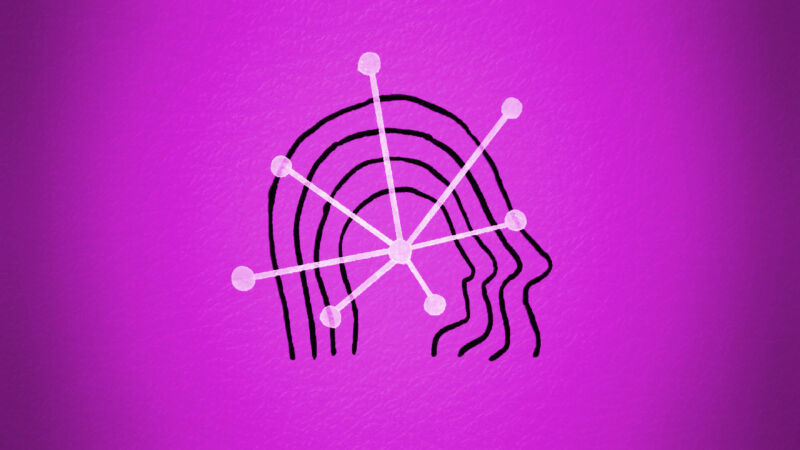-
 chevron_right
chevron_right
Hackers spent 2+ years looting secrets of chipmaker NXP before being detected
news.movim.eu / ArsTechnica • 28 November, 2023 • 1 minute

Enlarge (credit: Getty Images )
A prolific espionage hacking group with ties to China spent over two years looting the corporate network of NXP, the Netherlands-based chipmaker whose silicon powers security-sensitive components found in smartphones, smartcards, and electric vehicles, a news outlet has reported.
The intrusion, by a group tracked under names including "Chimera" and "G0114," lasted from late 2017 to the beginning of 2020, according to Netherlands-based NCR, which cited “several sources” familiar with the incident. During that time, the threat actors periodically accessed employee mailboxes and network drives in search of chip designs and other NXP intellectual property. The breach wasn’t uncovered until Chimera intruders were detected in a separate company network that connected to compromised NXP systems on several occasions. Details of the breach remained a closely guarded secret until now.
No material damage
NCR cited a report published (and later deleted) by security firm Fox-IT, titled Abusing Cloud Services to Fly Under the Radar . It documented Chimera using cloud services from companies including Microsoft and Dropbox to receive data stolen from the networks of semiconductor makers, including one in Europe that was hit in “early Q4 2017.” Some of the intrusions lasted as long as three years before coming to light. NCR said the unidentified victim was NXP.










